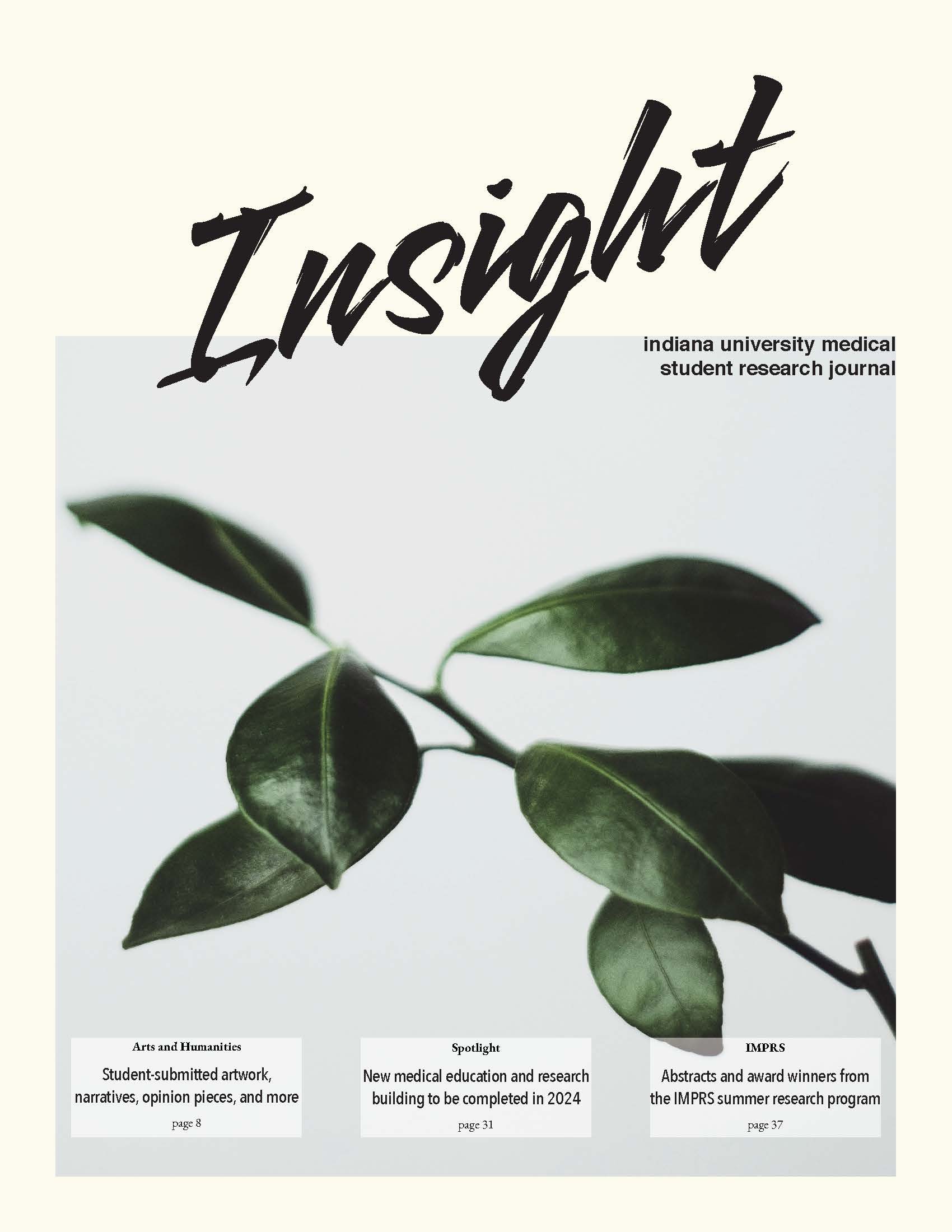Design Improvement and Deployment Efficacy of Novel 3D-Printed Bioresorbable Vascular Scaffolds in Coronary Artery Atherosclerosis
Abstract
Background: Endovascular stents are an effective treatment for coronary stenosis. However, the permanent presence of metal stents can hamper normal vasomotion, limit adaptive arterial remodeling, and provoke long-term foreign-body responses. Bioresorbable stents are designed to circumvent these issues. To maintain commensurate radial strength, polymeric bioresorbable stents require 2-4-fold thicker struts than metal stents, leading to increased risk of cardiovascular complications. To address this issue, a low-profile bioresorbable vascular scaffold (BVS) was produced by a citrate-based polymer and 3D printing technique. The patency of the BVS was compared to the metal Abbott Xience stent, employing swine with metabolic syndrome (MetS) as a clinically relevant translational model for coronary disease in humans.
Methods: Stents were deployed in coronary arteries of MetS swine. BVS vs metal selection and artery placement were randomized. Angiography was conducted pre- and post-stent deployment to determine target site, accuracy of stent placement, and degree of vasospasm. Intravascular ultrasound (IVUS) was performed to determine target vessel diameter and assess percent deployment. MetS was substantiated by obesity, dyslipidemia, and hypertension. IVUS quantified coronary atherosclerosis.
Results: MetS swine exhibited increased atherosclerotic coronary artery wall coverage (37 ± 9%, N=5) compared to lean swine (11 ± 2%, N=4). BVS required increased time of deployment (24.8 ± 2.4 min, N=9) compared to metal (11.8 ± 2.8 min, N=7). BVS demonstrated a deployment success rate of 88% (N=6) compared to metal 100% (N=8). BVS exhibited suboptimal expansion with an average percent of target diameter deployment at 74 ± 0.4% (N=8) compared to metal at 94 ± 0.4% (N=6). Coronary intervention with BVS generated increased frequency of electrocardiographic T-wave abnormalities compared to metal.
Conclusion: The metal stents outperform the BVS with shorter time of deployment and increased average percent of target deployment. Future analysis following long-term recovery will assess hypothesized benefits of BVS, including reduced inflammation and in-stent restenosis compared to metal.
[Support: NIH R01 HL141933 T35 HL110854]
Downloads
Published
Issue
Section
License
Copyright to works published in Insight is retained by the author(s).

